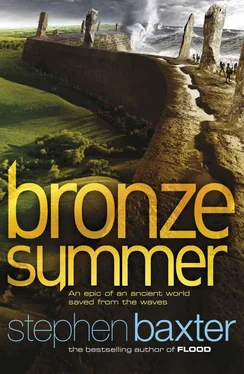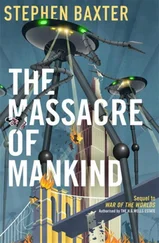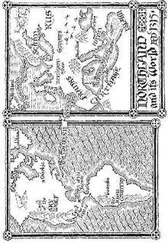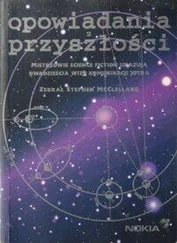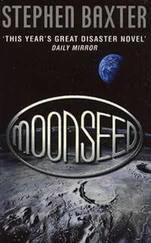The use of plague vectors as primitive ‘bio-weapons’, as depicted here, seems to have a deep history. Plague was used as a weapon by the Hittites as early as the fourteenth century BC (see ‘The Hittite Plague, the epidemic of Turalemia and the first record of biological warfare’, Siro Trevisanato, Medical Hypotheses vol. 69, pp. 1371-4, 2007, and Adrienne Mayor’s Greek Fire, Poison Arrows and Scorpion Bombs, Overlook, 2009). The ‘coughing plague’ depicted here is a variant of the pneumonic form of the plague of which the best known manifestation is bubonic.
My ‘People of the Jaguar’ are Olmec, a Mesoamerican culture that flourished in an area within modern Mexico c. 1400 BC-AD 100 (for a recent study see Olmec Archaeology and Early Mesoamerica by C. Pool, Cambridge, 2007). I have freely extrapolated details of Olmec culture here. My ‘Altar of the Jaguar’ is meant to be the site now known as San Lorenzo, preserved from the decline it suffered in our history by the intervention of the Northlanders. As the Vikings discovered around 1000 AD, to sail to the Americas via the Faroe Islands, Iceland and Greenland requires the crossing of no more than 800 kilometres of open sea. Of course the Vikings had the ship technology they needed; I have imagined here a precocious acceleration of ship-building after the first fluked crossings depicted in book one of this series.
In our world, a major feature of the fifteenth-century contact between Europe and the Americas was the devastating transmission of ‘herd diseases’ such as smallpox and measles to the American populations (see Guns, Germs and Steel by Jared Diamond, Vintage, 1998). In my different prehistory I have imagined continual contacts across the Atlantic since the eighth millennium BC, so American populations have had a chance to develop resistance to these diseases.
The plot of this novel hinges to some extent on the (apparently) humble potato, which is brought to Europe by the Northlanders millennia before the post-Columbus explorers of our own history. The potato is a crop that will grow in poor soils and unfavourable positions and climates, it requires only the simplest of implements and techniques to cultivate, and it is tremendously more productive than grain in terms of yield per hectare. Arguably, by fuelling the population growth that underpinned the Industrial Revolution and Europe’s rise to economic dominance, the potato changed world history — just as it changes history in this novel (see Redcliffe Salaman’s The History and Social Influence of the Potato, Cambridge University Press, 1985).
This is a novel, and not meant to be taken as a reliable history. Any errors or inaccuracies are of course my sole responsibility.
